
Painting of the Dutch artist Rembrandt van Rijn “Aristotle with the bust of Homer”. The size of the painting is 144 x 137 cm, oil on canvas. In the process of transforming his world view, Rembrandt, after 1649, attains in his paintings the highest grandeur and depth of images, while again revealing a comprehensive connection between the artist’s personal life and history.
At the same time – between 1648 and 1651 – a decisive turn in the Netherlands Republic is taking place from the expansive desire for power towards consolidating forces and preserving the conquered.
Corresponding changes are also taking place in Dutch society, the class confrontation is becoming stronger; the aristocratization of the wealthy burghers is increasing. Rembrandt, uniting in his worldview critical sobriety, democratic consciousness of the early period of the Netherlands revolution with moral pathos of completely anti-dogmatic Protestant Christianity and, finally, skeptical humanity of his own experience, more and more falls into irreconcilable contradiction in relation to the official development of Dutch society.
In each individual work, regardless of more or less significant public recognition, Rembrandt creates a picture opposing time and society, the allegorical meaning of which is not connected with the past, but is life-affirmingly directed towards the future.
The idea of being immersed in deep contradictions, entangled in weakness, meanness, poverty, loss, but called for love, greatness and strength of humanity is expressed in the historical pictures of this decade: as well as in multi-valued images of individual figures, from portraits in the pictures “The Man in the Golden Helmet” and “Aristotle with the Bust of Homer” to the images of the apostles and evangelists.
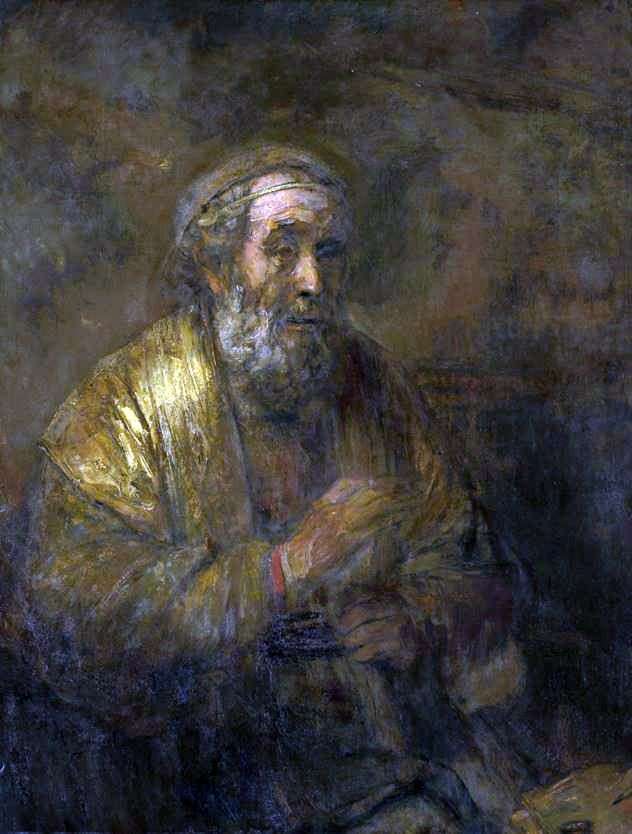 Homer by Rembrandt Harmens Van Rhine
Homer by Rembrandt Harmens Van Rhine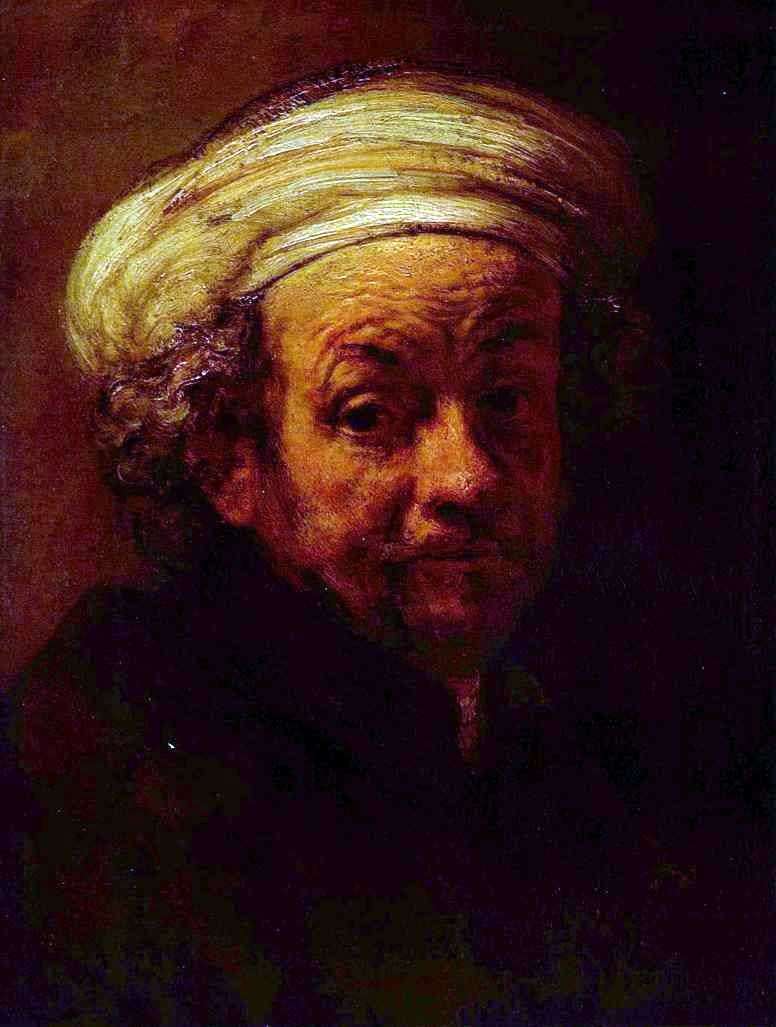 Self Portrait by Rembrandt Harmens Van Rhine
Self Portrait by Rembrandt Harmens Van Rhine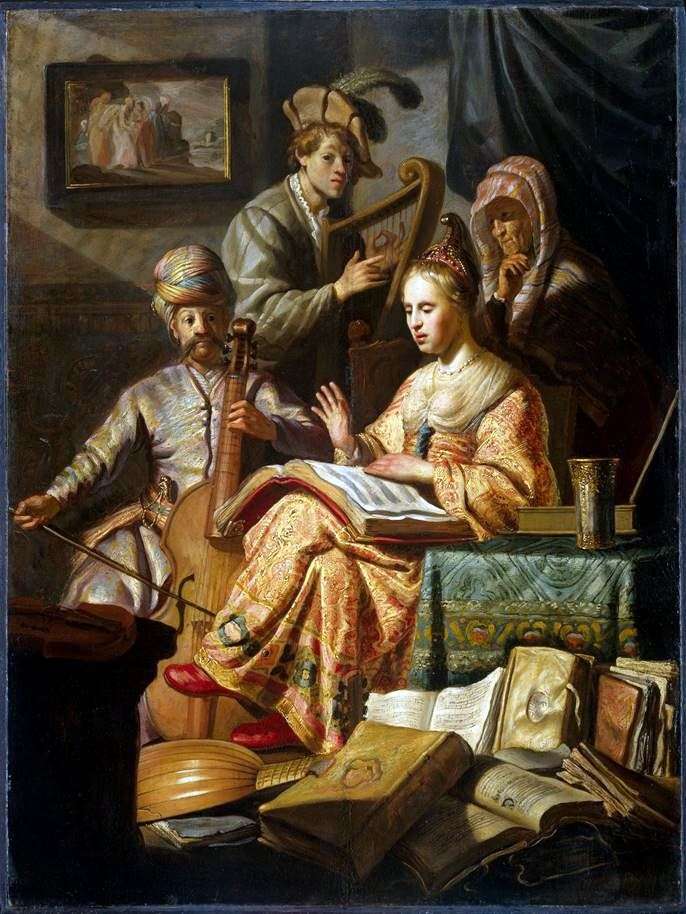 Allegory of Music by Rembrandt Harmens Van Rhine
Allegory of Music by Rembrandt Harmens Van Rhine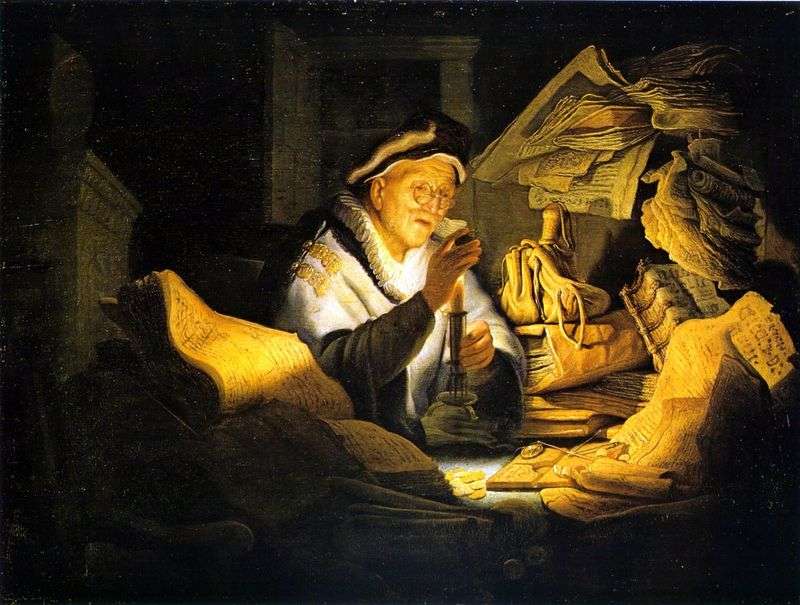 The Parable of the Rich Man by Rembrandt Harmens Van Rhine
The Parable of the Rich Man by Rembrandt Harmens Van Rhine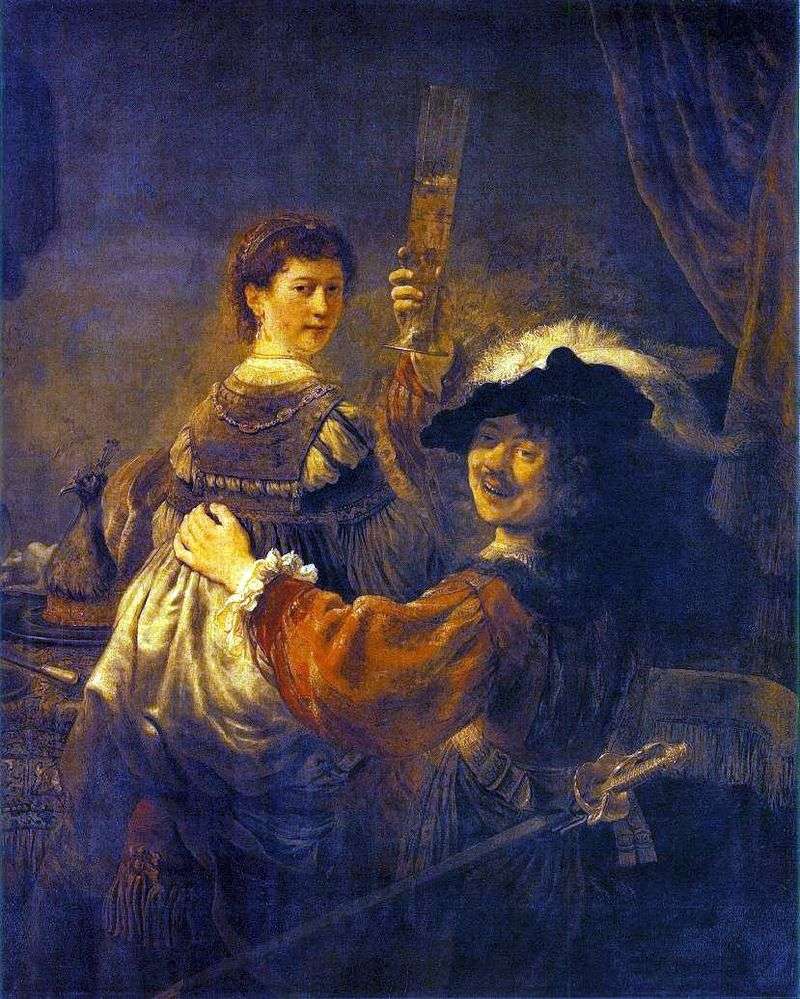 Fun Society (Self-Portrait with Saskia on Your Lap) by Rembrandt Harmens Van Rhine
Fun Society (Self-Portrait with Saskia on Your Lap) by Rembrandt Harmens Van Rhine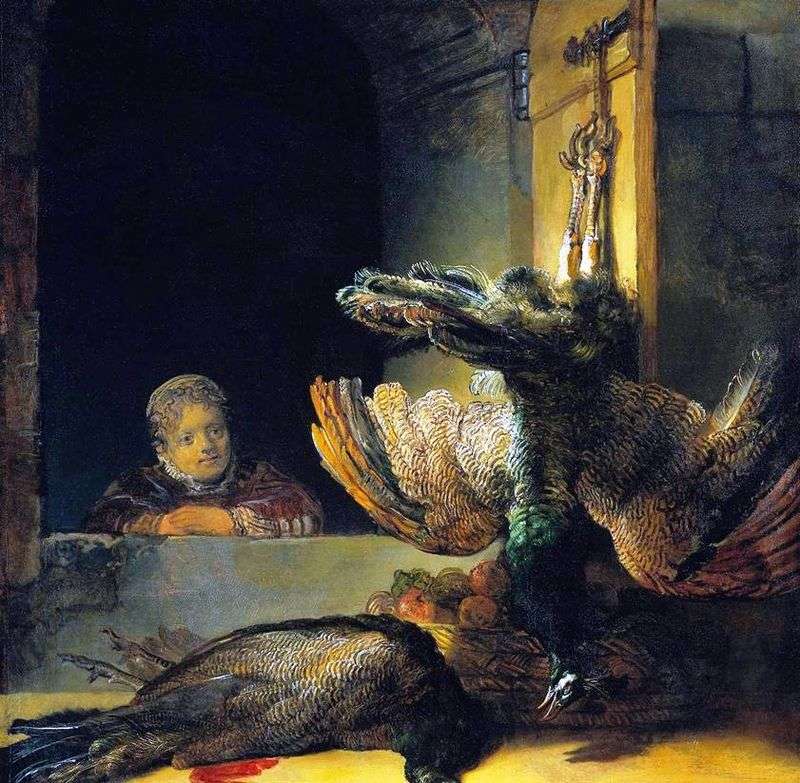 Still Life with Peacock by Rembrandt Harmens Van Rhine
Still Life with Peacock by Rembrandt Harmens Van Rhine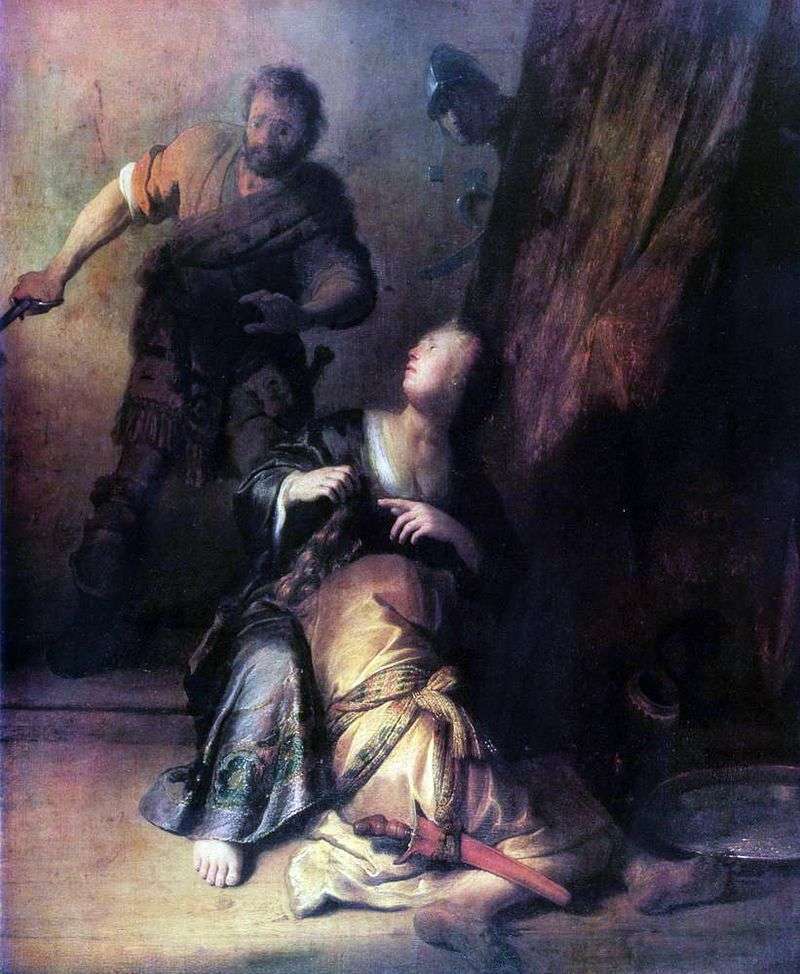 Samson and Delilah by Rembrandt Harmens Van Rhine
Samson and Delilah by Rembrandt Harmens Van Rhine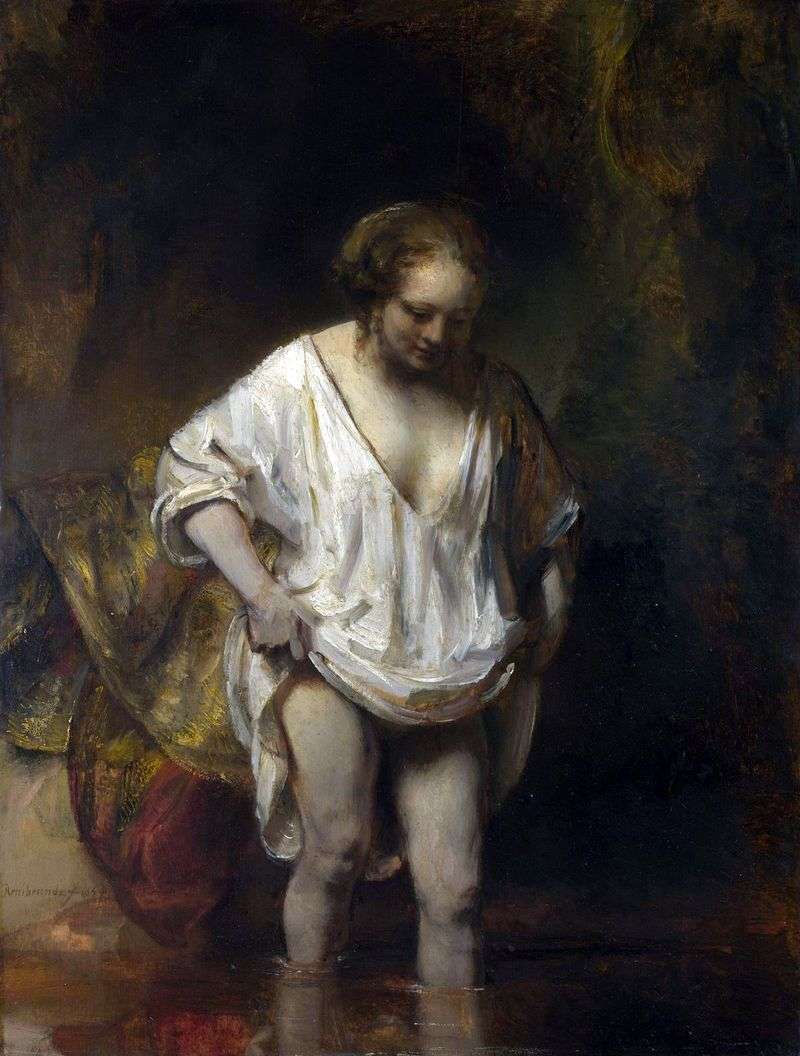 Hendrickje entering the river by Rembrandt Harmens Van Rhine
Hendrickje entering the river by Rembrandt Harmens Van Rhine